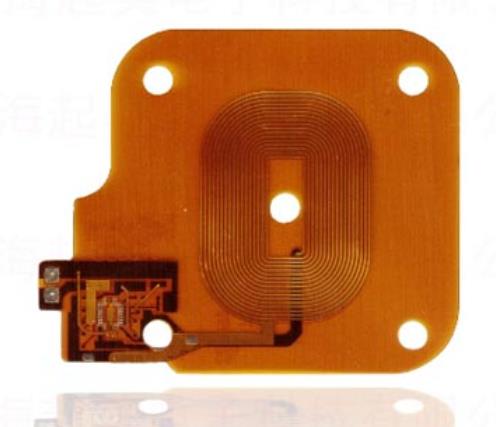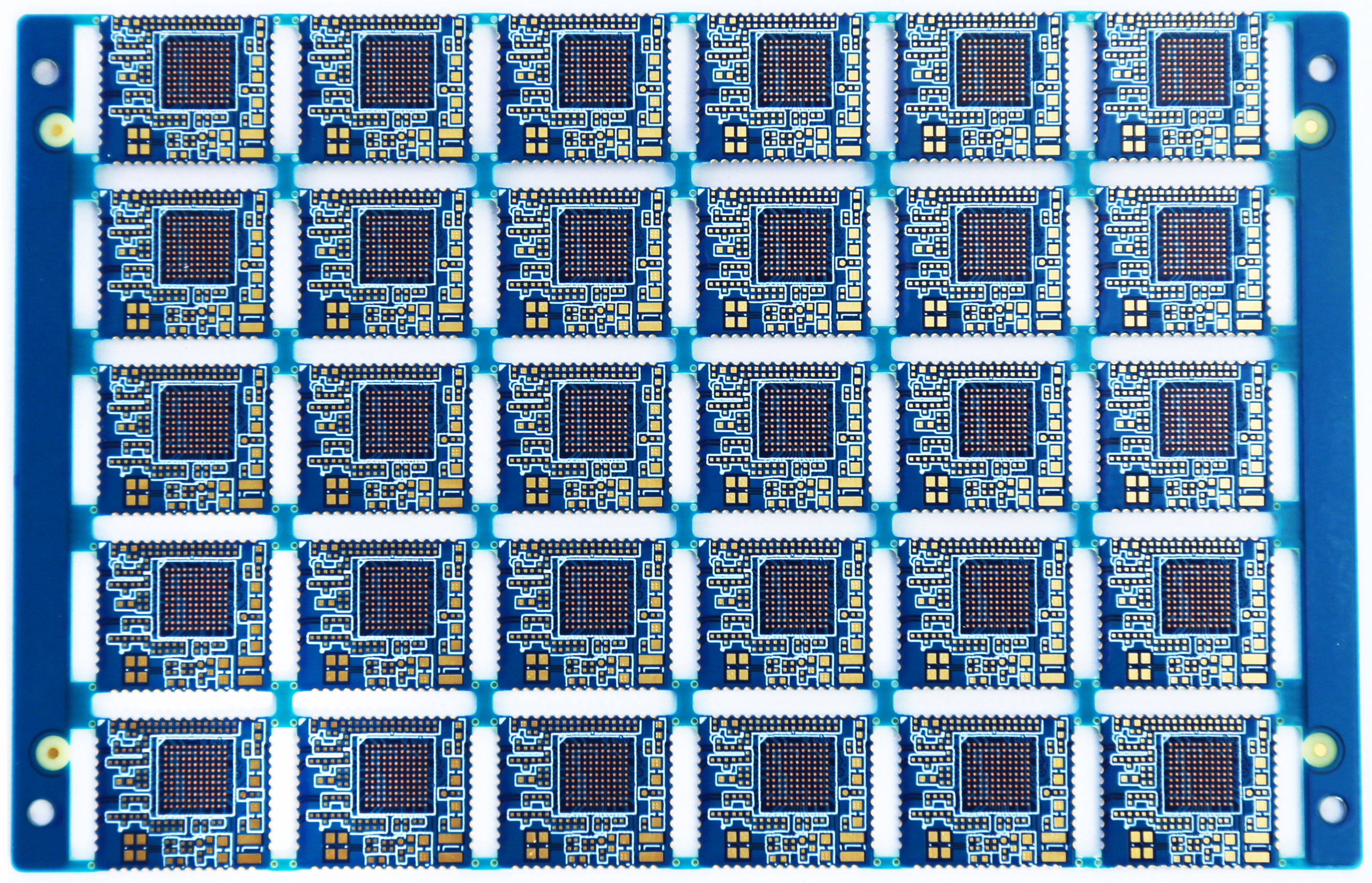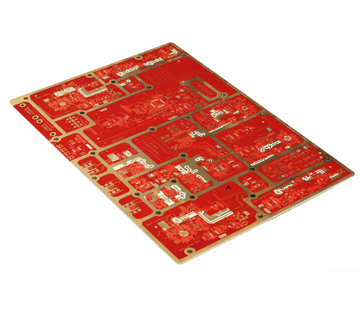
5G RF front-end of mobile phone wireless charging soft board
The circuit board manufacturer, circuit board design and PCBA manufacturer explain to you what the 5G RF front-end of the mobile phone wireless charging soft board includes?
RF front-end is a core component of wireless communication equipment, which is the basic component for the mutual conversion of wireless electromagnetic wave signals and binary digital signals.
Composition of RF front-end
It can be divided into transmitting end (TX) and receiving end (RX) according to functions;
According to components, it can be divided into power amplifier (PA), low frequency noise amplifier (LNA), Filters, Switches, Duplexes and Tuner.
For the functions of each component, the mobile phone wireless charging software board is listed as follows:
a) The power amplifier is responsible for the RF signal amplification of the transmission channel;
b) The filter is responsible for filtering the transmitted and received signals;
c) The low noise amplifier is responsible for small signal amplification in the receiving channel;
d) RF switch is responsible for switching between receiving and transmitting channels;
e) Duplexer is responsible for quasi duplex switching and RF signal filtering of receiving/transmitting channels;
f) The tuner is responsible for channel selection, frequency change and amplification of RF signals.

According to the mobile phone wireless charging soft board factory, in the 5G era, the number of signal frequency bands has increased significantly, and the number of components required has also increased significantly. At the same time, 5G communication equipment needs to be compatible with 4G and 3G downward, so the incremental market is considerable.
According to the research, one PA, one duplexer, one RF switch, one LNA and two filters need to be added for each additional frequency band. 2G needs to support 4 frequency bands, 3G needs to support 6 frequency bands, 20 for 4G and 80 for 5G.
Is it easy to understand that the number of RF front-end components in the 5G era needs more than four times that in the 4G era? Neither. Carrier aggregation technology is introduced here.
Front end modularization is increasingly complex
The RF front-end module will become more and more modular in the 5G era. With the upgrading of communication system, there are more and more frequency bands, and the communication system of higher level needs to be backward compatible, resulting in more and more complex RF devices; At the same time, it is required to increase the battery capacity and reduce the PCB area of mobile phone wireless charging soft board factory, which determines that modularization is an inevitable trend:
1. Terminal miniaturization. RF front-end modularization reduces the occupation of PCB area, which is particularly important for the interior of mobile phone terminals with a lot of money.
2. Mass production consistency. If the RF circuit with complex requirements is built with discrete components, it is difficult to ensure the consistency of mass production, while modularization internalizes the circuit and has higher reliability.
3. Shorten the R&D cycle. RF front-end modularization improves the R&D efficiency of terminal manufacturers, shortens the product development cycle, and enables the latter to launch new products more quickly.
RF front-end modules usually have three mainstream architectures: PAMiD architecture, MMMBPA+ASM architecture, and MMPA+TxFEM architecture, which correspond to different forms of modularization. MMMB PA integrates 2G/3G/4G PA and is connected with antenna switch module ASM through external filter and duplexer, namely MMMB PA+ASM architecture; MMPA+TxFEM is the most widely used RF front-end architecture in China. MMPA only integrates 3G/4G PA, and 2G PA is integrated with ASM, which is called "TxFEM". PAMiD has the highest degree of integration, integrating MMMB PA+FEMiD. Most of the mainstream flagship models use the PAMiD architecture because they want to support most of the global frequency bands. The circuit board manufacturer, circuit board design and PCBA manufacturer explain to you what the 5G RF front-end of the mobile phone wireless charging soft board includes?









